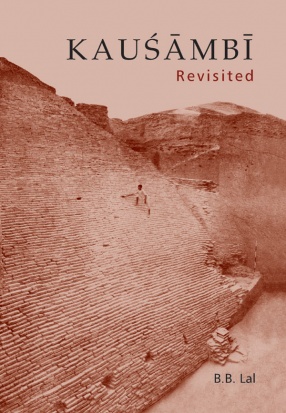
Showing all 13 books

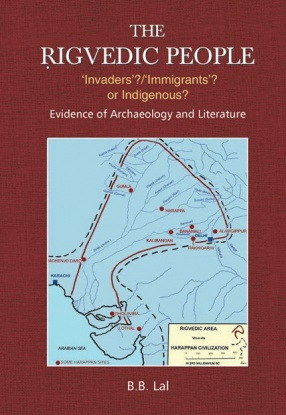
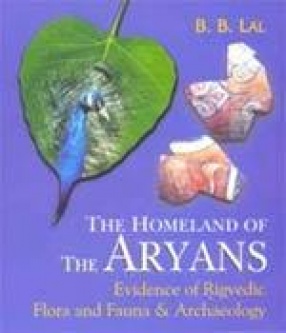

Located on the left bank of the Yamuna, at a distance of about 50 kilometres south-west of Allahabad, Kausambi is decidedly one of the most important sites of early historical India.
Excavations carried out over here by the late Professor G.R. Sharma and his colleagues have brought to light many noteworthy structures and antiquities. However, some of the structures have wrongly been adjudged. For example, a fallen mass of bricks has been identified as a ...


For several decades it has been orchestrated that there was an ‘Aryan Invasion’ of India which destroyed the Harappan Civilization. However, as shown in this book (pp. 10 ff.), there is no evidence whatsoever of any invasion or of the presence of an alien culture at any of the hundreds of Harappan sites. While one is glad to note that the ‘Invasion’ theory is dead, it is a pity that it is being resurrected in a new avatar, namely that of ...
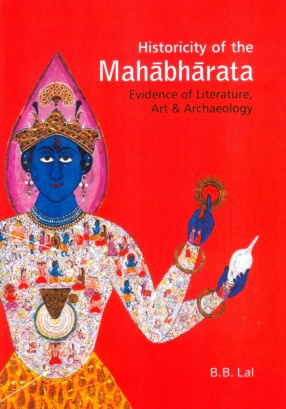
To the faithful, everything mentioned in the Mahabharata is true to the very letter, whereas the skeptic holds that the epic is nothing more than a mere figment of imagination. How, then, can one ascertain the truth? It is here that archaeology comes to our rescue.
In 1951-52, Professor B.B. Lal excavated the key-site of Hastinapura, situated on the bank of the Ganga, in Meerut district of Uttar Pradesh. Over here he encountered in the lower levels a settlement ...
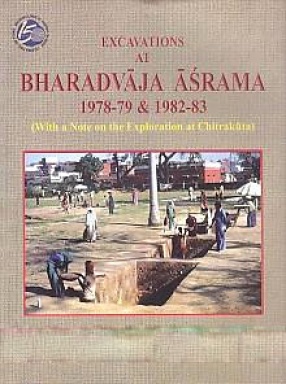
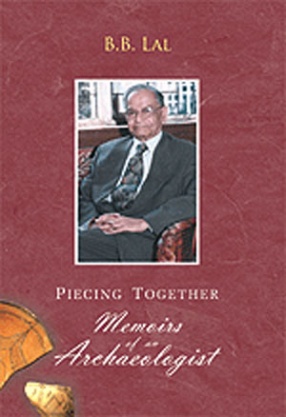
In 1921, just when Daya Ram Sahni struck his pickaxe at Harappa in Punjab, bringing to light the earliest civilization of the Indian subcontinent, in a far off village in Uttar Pradesh was born a child, named Braj Basi Lal, who, in time to come, was ordained to carry on the mission of Sahni at Kalibangan in the Sarasvati Valley in Rajasthan. He discovered over here many new features of the Harappan Civilization, including the earliest (circa 2700 BCE) ...
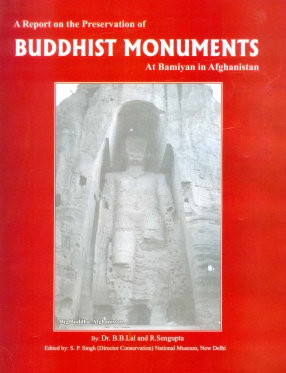
This book presents the result of the work done by a team of Indian archaeologists in Bamiyan, Afghanistan, under a cultural agreement between the Indian and the Afghan governments, to help in the preservation of the disintegrating Buddhist monuments in that place. This systematic study with many illustrations surveys a broad range of aspects relating to preservation of the monuments. It begins with the history of Bamiyan and discusses the broad problems involved ...
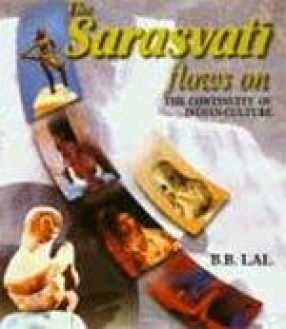
This book deals with two major controversies relating to India's past. First. It has been asserted by many scholars, both Indian and foreign, that the Sarasvati mentioned in the Rigveda is the Helmand of Afghanistan. The author examines the entire Rigvedic evidence and demonstrates that it goes counter to aforesaid assumption. On the other hand, there are compellin geographical data in the Rigveda itself which unambiguously show that the Rigvedic Sarasvati is ...
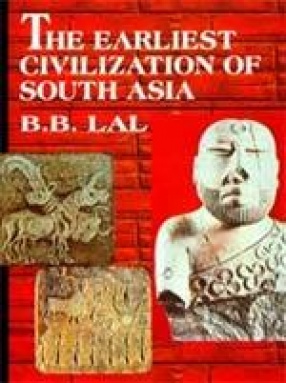
The most ancient civilization of South Asia, variously known as the Harappan, Indus or Indus-Sarasvati Civilization, far excelled its contemporaries in other parts of Asia in a number of ways. Not only did it cover a much greater area than did any other civilization, but it also produced urban centres, duly fortified and characterized by meticulous town-planning, efficient drainage system, etc. The book presents a multidimensional study of this grand ...

Excavations at Kalibangan were started during the field-season of 1960-61 by the present writer, as the Director of the School of Archaeology (now designated as Institute of Archaeology). During the following field-season he was away in Egypt, leading an Indian team which carried out excavations at Afyeh and Tumus in Nubia, under a UNESCO project. However, excavations were continued at Kalibangan by Shri B.K. Thapar, as Superintendent of the Excavations Branch of ...

For well over seven decades two theories have been blinding our vision of India’s past, viz. that: (i) there was an ‘Aryan Invasion’ of India; and (ii) the invaders destroyed the Harappan Civilization which became extinct. Although in his book, The Sarasvati Flows On, the present author completely demolished these theories, there are still a few scholars who cling to them. Resurrectinig the ‘Aryan Invasion/Migration’ theory, a stalwart writes: ‘One ...

Sometimes facts are stranger than fiction. At midnight of August 14-15, 1947, not only did the Indus river, from which India derives its name, slip out of Indian territory but also all the sites of the grand civilization associated with the name of that river, viz. the Indus civilization. Indian archaeologists, however, took up the challenge and by now have put on the map of divided India nearly 1,000 sites pertaining variously to early, mature and late phases of ...
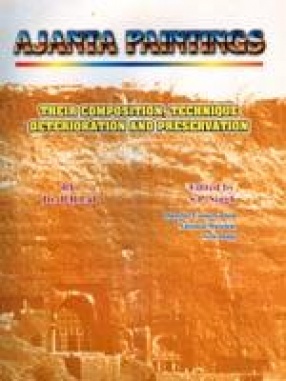
The Ajanta caves are situated fifty five miles northeast of Aurangabad. Twenty four monasteries and five temples have been hewn out of the solid rock, many of them supported by lofty pillars, richly ornamented with sculptures, and highly finished engravings..... Ajanta caves are the most splendid caves of all the cave temples of western India, and its paintings are richly coloured, and according to Dr. Burgess, have been even considered superior to the ...
